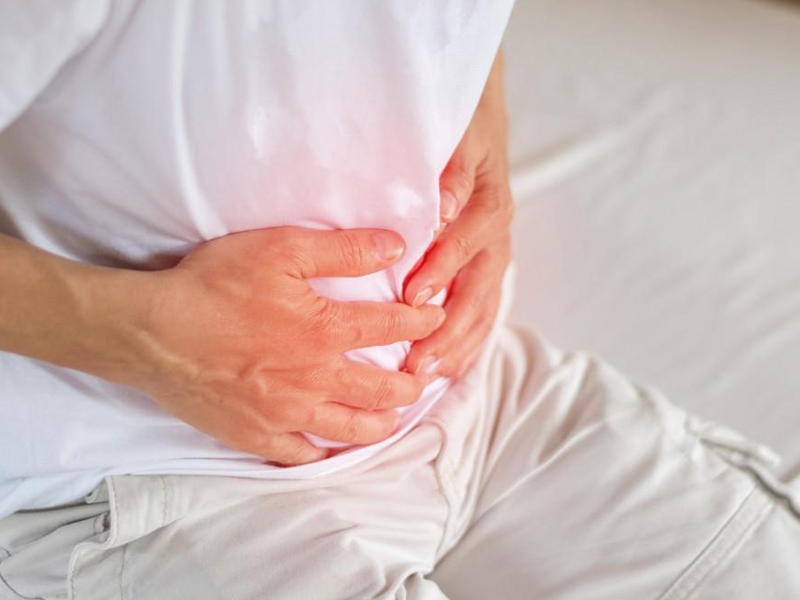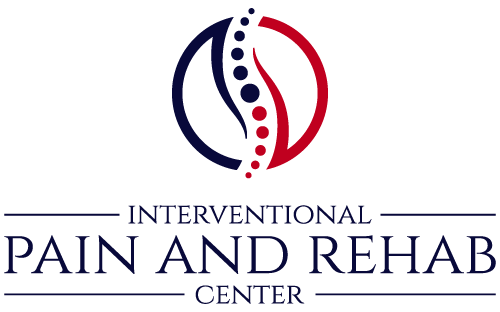Chronic Post-Herniorrhaphy groin pain (CPGP)
Appointment
Fill Out The Form Below
Working Hour
- 8 AM - 5 PM
- 8 AM - 5 PM
- 8 AM - 5 PM
- 8 AM - 5 PM
- 8 AM - 5 PM
- Closed
- Closed

Chronic Post-Herniorrhaphy groin pain (CPGP)
Chronic post-herniorrhaphy groin pain (CPGP) refers to persistent pain in the groin following inguinal hernia repair, affecting 15-53% of patients. This debilitating condition is often resistant to conservative treatments and can significantly impact daily life.
Causes of CPGP
Although the exact cause of CPGP is unclear, several theories suggest that it may result from:
- Direct nerve injury during surgery
- Tension on the ilioinguinal and iliohypogastric nerves due to post-surgical changes
- Inflammatory responses to implanted mesh
Risk factors for developing CPGP include being under 40, having a BMI over 25, and the use of surgical polypropylene mesh.

Treatment Options
There are no set guidelines for CPGP treatment, but providers typically start with conservative approaches and move to more advanced interventions if necessary. Treatments may include:
- Medications: Anticonvulsants (gabapentin), tricyclic antidepressants (amitriptyline), SNRIs (duloxetine), NSAIDs (ibuprofen), and opioids, if needed.
- Behavioral Health: Plays a crucial role in managing chronic pain.
- Injections: Nerve blocks targeting the ilioinguinal, iliohypogastric, and genitofemoral nerves.
- Dorsal Root Ganglion (DRG) Stimulation: A minimally invasive procedure that delivers electrical energy to the DRG to block pain signals, proven effective for refractory CPGP.
Regaining Your Quality of Life
Living with chronic pain can be overwhelming, but advanced treatments are available to help you regain your normal activities. By combining a range of therapies, from medication to nerve stimulation, the goal is to alleviate pain and restore function effectively.
